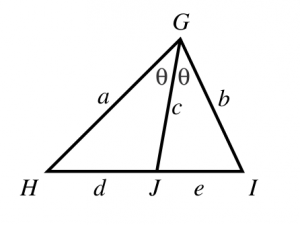Try this ACT math practice question on trigonometric identities:
For all $\theta$, the expression $\csc^{2} \theta \tan^{2} \theta – 1 $ is equivalent to:
- $\quad \cot^{2} \theta$
- $\quad \tan^{2} \theta$
- $\quad \csc^{2} \theta$
- $\quad \sec^{2} \theta$
- $\quad \cos^{2} \theta$
